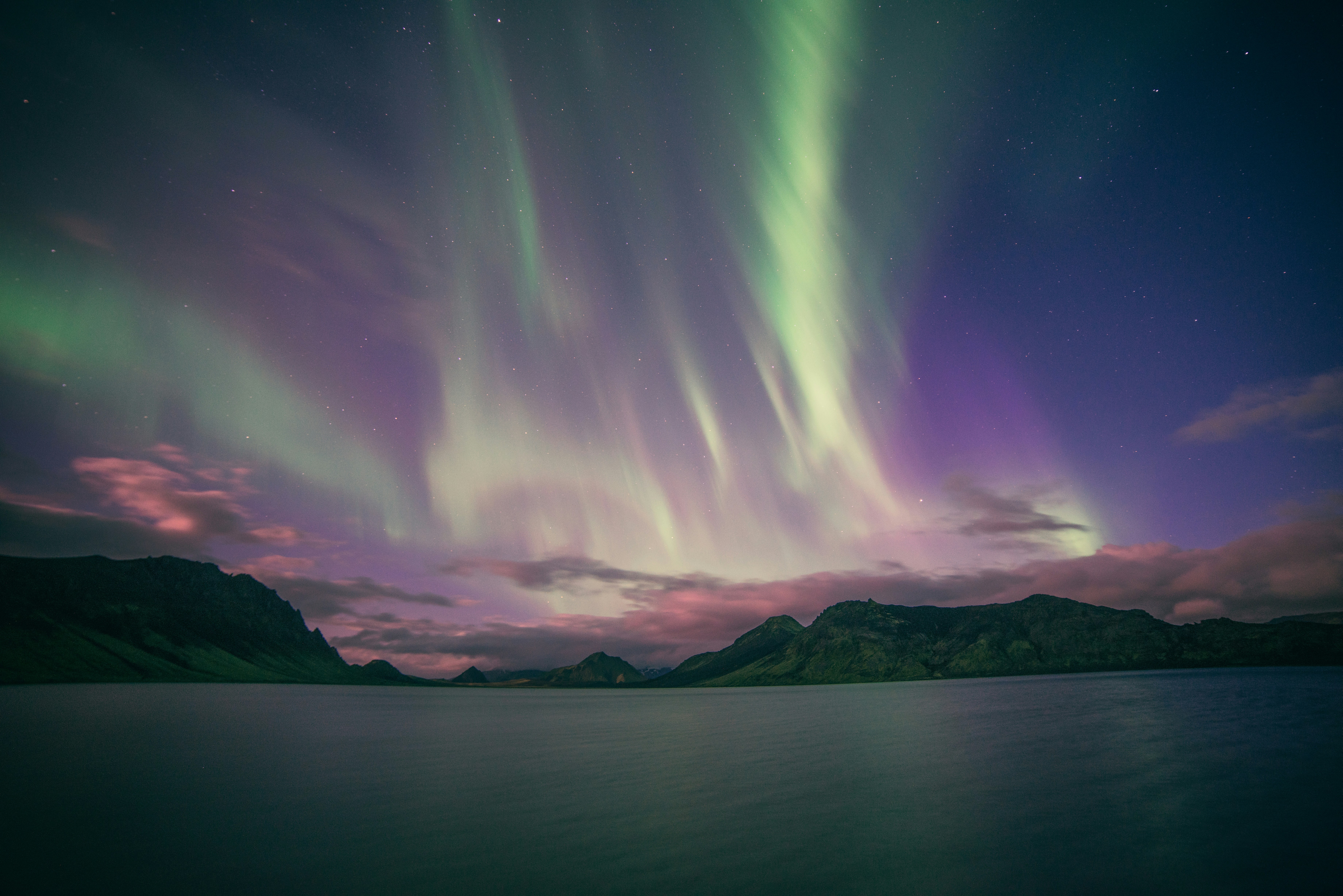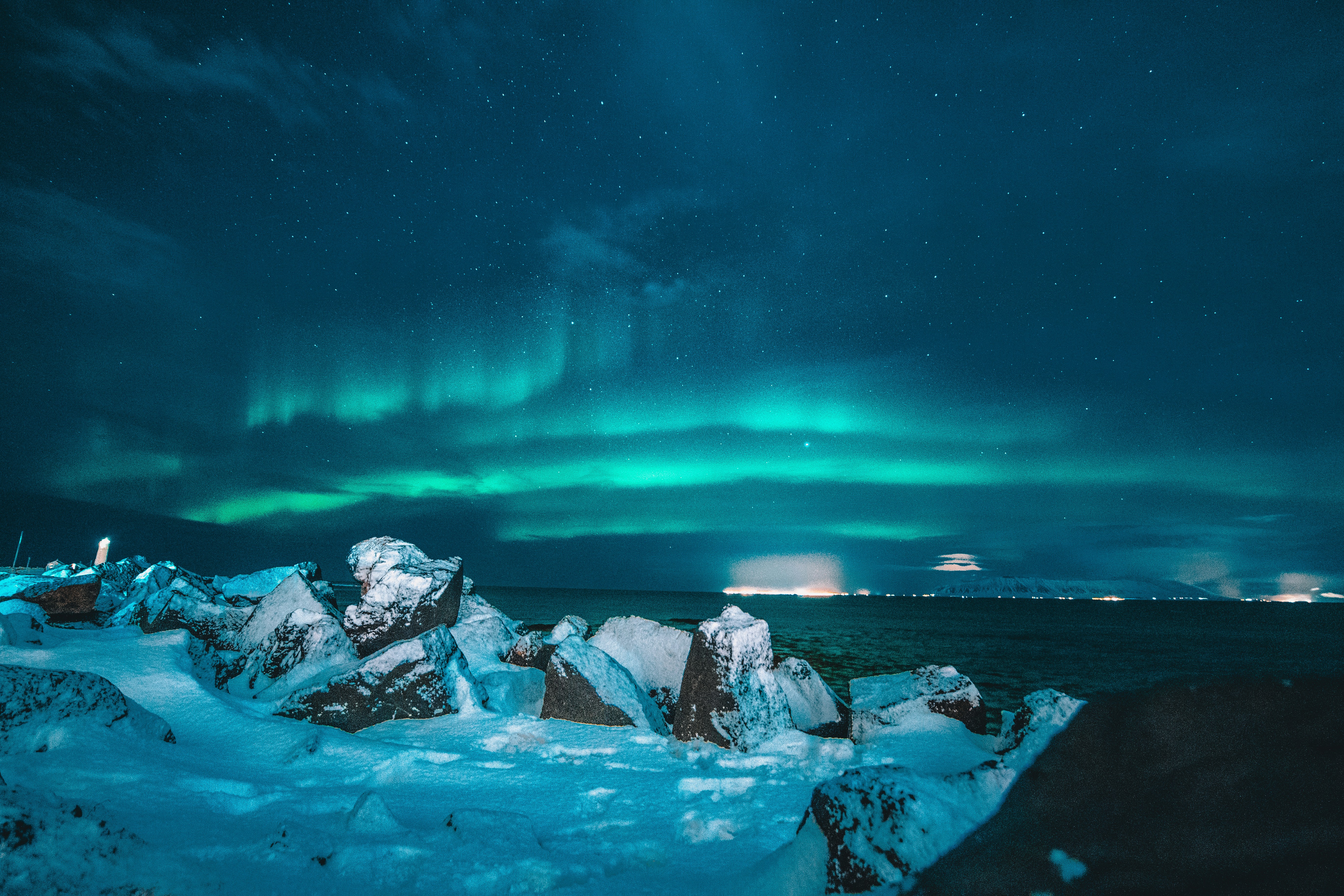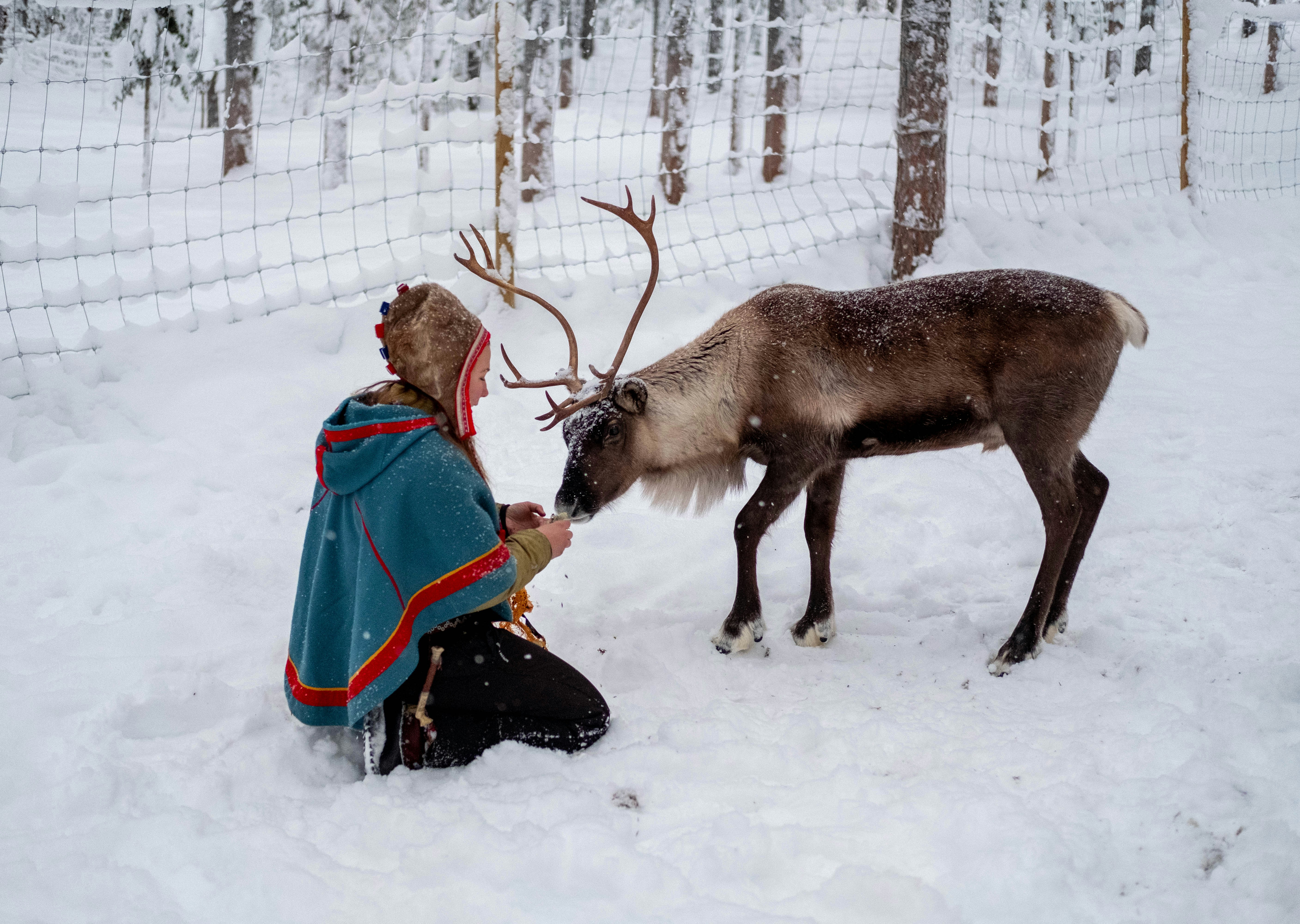Best Place to See Northern Lights: Ultimate Aurora Viewing Destinations Worldwide
Discover the world's best places to see northern lights. Compare top aurora destinations, optimal viewing conditions, and expert tips for choosing your perfect aurora adventure.
Best Place to See Northern Lights: Ultimate Aurora Viewing Destinations Worldwide
Choosing the best place to see northern lights depends on multiple factors including geographic location, weather patterns, accessibility, and personal preferences. This comprehensive guide examines the world's premier aurora destinations, helping you select the perfect location for your northern lights adventure based on scientific analysis and expert recommendations.
What Makes a Location the "Best" for Northern Lights?
Scientific Criteria for Aurora Excellence
Magnetic Latitude Positioning:
- Auroral Oval: Optimal locations sit within the typical aurora viewing zone (65-72°N)
- Magnetic Declination: Distance from magnetic north pole affects activity intensity
- Geomagnetic Activity: Regional variations in magnetic field interactions
- KP Index Sensitivity: How location responds to different levels of solar activity
Atmospheric and Weather Factors:
- Clear Sky Frequency: Percentage of cloud-free nights during aurora season
- Precipitation Patterns: Seasonal rainfall and snowfall affecting visibility
- Temperature Stability: Consistent cold weather reducing atmospheric turbulence
- Wind Patterns: Local weather systems influencing cloud formation
Environmental Conditions:
- Light Pollution Levels: Bortle scale ratings for dark sky quality
- Horizon Accessibility: Unobstructed views of northern horizon
- Altitude Advantages: Elevation reducing atmospheric interference
- Geographic Features: Mountains, water bodies, and terrain affecting viewing
Top-Tier Northern Lights Destinations
1. Lyngen Peninsula, Norway - The Aurora Photography Capital
Why Lyngen Ranks #1:
- Perfect Magnetic Latitude: 69°34'N positioning in prime auroral oval
- Exceptional Weather Stats: 70%+ clear nights during peak season
- Minimal Light Pollution: Bortle Class 1-2 dark sky conditions
- Dramatic Landscapes: Alpine peaks and fjords creating stunning foregrounds
- Accessibility: Easy access with good infrastructure
Lyngen Advantages:
- Predictable Weather: Stable Arctic high-pressure systems
- Multiple Viewing Angles: Coastal, mountain, and valley perspectives
- Professional Services: Expert guides and specialized aurora tours
- Cultural Context: Authentic Sami heritage and traditional knowledge
- Photography Excellence: World-class conditions for aurora imaging
Best Lyngen Viewing Locations:
- Lyngseidet Bridge: Iconic fjord and mountain compositions
- Storfjord Coastline: Open water views with minimal obstruction
- High Alpine Areas: Above-treeline 360-degree aurora viewing
- Traditional Sami Camps: Cultural immersion with aurora watching
2. Tromsø, Norway - The Northern Lights Capital
Tromsø's Strengths:
- Urban Convenience: International airport and city infrastructure
- Tour Variety: Extensive aurora tour options and operators
- Weather Reliability: 68% clear night frequency in peak season
- Cultural Attractions: Museums, restaurants, and entertainment
- Transportation Hub: Easy access to surrounding aurora regions
Tromsø Viewing Options:
- City Outskirts: Quick escape from urban light pollution
- Fjell Cable Car: Elevated city and fjord perspectives
- Boat Tours: Aurora viewing from heated vessels
- Surrounding Valleys: Multiple accessible dark sky locations
3. Lofoten Islands, Norway - Coastal Aurora Paradise
Lofoten's Unique Appeal:
- Dramatic Coastline: Fishing villages with aurora backdrops
- Moderate Climate: Gulf Stream influence creating milder conditions
- Photography Paradise: Iconic foreground elements for aurora images
- Cultural Heritage: Traditional fishing communities and architecture
Prime Lofoten Spots:
- Reine Village: Classic red fishing cabins with aurora reflections
- Haukland Beach: White sand beach contrasting with green aurora
- Nusfjord: Historic fishing station with preserved buildings
- Henningsvær: Venice of the North with unique water perspectives
4. Yellowknife, Canada - The Aurora Research Center
Yellowknife Advantages:
- Statistical Excellence: 240+ aurora viewing nights per year
- Flat Horizon: Unobstructed 360-degree viewing capabilities
- Dry Climate: Low precipitation increasing clear sky probability
- Research Infrastructure: Professional aurora monitoring and forecasting
- Indigenous Culture: First Nations aurora traditions and stories
Yellowknife Experiences:
- Aurora Village: Heated tepees for comfortable viewing
- Great Slave Lake: Massive lake providing reflection opportunities
- Forest Clearings: Multiple accessible dark sky locations
- Winter Roads: Access to remote viewing areas during frozen season
5. Fairbanks, Alaska - The Aurora Science Hub
Fairbanks Scientific Advantages:
- University Research: Leading aurora research facility (UAF)
- Magnetic Conjugacy: Direct connection to southern aurora
- Continental Climate: Dry conditions with frequent clear skies
- Long Season: Aurora visible 200+ nights per year
- Accessibility: Major airport with winter tourism infrastructure
Fairbanks Viewing Areas:
- Chena Hot Springs: Warm outdoor viewing with natural hot springs
- Murphy Dome: Elevated viewing with minimal light pollution
- Poker Flat Research Range: Scientific monitoring location
- Denali National Park: Wilderness aurora viewing opportunities
Second-Tier Excellent Destinations
Iceland - The Accessible Aurora Destination
Iceland's Appeal:
- Easy Access: Major airlines with convenient flight connections
- Ring Road: Accessible aurora viewing around the entire island
- Geothermal Comfort: Hot springs for warming during aurora viewing
- Dramatic Landscapes: Waterfalls, glaciers, and volcanic features
Weather Challenges:
- Variable Conditions: Atlantic weather systems creating unpredictable skies
- High Precipitation: Frequent storms reducing clear night frequency
- Wind Exposure: Coastal location with challenging weather conditions
Finnish Lapland - The Winter Wonderland
Finland's Strengths:
- Aurora Hotels: Glass igloos and specialized aurora accommodation
- Stable Weather: Continental climate with predictable patterns
- Winter Activities: Excellent combination opportunities with aurora viewing
- Sami Culture: Indigenous heritage and traditional knowledge
Notable Locations:
- Rovaniemi: Official hometown of Santa Claus with aurora tours
- Inari: Traditional Sami region with cultural experiences
- Utsjoki: Northernmost municipality with excellent aurora conditions
- Saariselkä: Resort destination with aurora amenities
Swedish Lapland - The Aurora Railway
Sweden's Advantages:
- Abisko National Park: Exceptionally clear weather microclimate
- Railway Access: Train connections to aurora viewing areas
- Research Station: Professional aurora monitoring and education
- Ice Hotel: Unique accommodation enhancing aurora experience
Emerging and Specialty Destinations
Greenland - The Ultimate Wilderness
Extreme Aurora Viewing:
- High Latitude: Intense aurora activity during dark season
- Minimal Light Pollution: Virtually no artificial lighting outside settlements
- Unique Access: Expedition cruises and specialized tours
- Cultural Immersion: Inuit traditions and Arctic survival knowledge
Challenges:
- Limited Accessibility: Expensive and logistically complex travel
- Extreme Weather: Harsh conditions requiring specialized preparation
- Short Season: Limited window for tourist accessibility
Scotland - The Surprising Aurora Destination
Unexpected Northern Lights:
- Accessible Location: Easy travel from Europe and North America
- Dark Sky Areas: Islands and highlands with minimal light pollution
- Cultural Context: Celtic aurora traditions and folklore
- Activity Dependence: Requires higher geomagnetic activity for visibility
Russia - The Frontier Aurora Experience
Siberian Aurora Regions:
- Murmansk Oblast: Kola Peninsula with excellent aurora conditions
- Karelia: Forest lakes providing reflection opportunities
- Yakutia: Extreme cold creating crystal-clear viewing conditions
- Cultural Diversity: Multiple indigenous groups with aurora traditions
Factors for Choosing Your Best Aurora Destination
Experience Level and Comfort Preferences
First-Time Aurora Viewers:
- Recommended: Norway (Tromsø), Iceland, or Finnish Lapland
- Infrastructure: Good hotels, restaurants, and tour operators
- Success Probability: High likelihood of successful aurora viewing
- Backup Activities: Indoor options during cloudy weather
Experienced Aurora Chasers:
- Recommended: Lyngen Peninsula, Yellowknife, or Greenland
- Advanced Conditions: Pristine dark skies and optimal geographic positioning
- Photography Focus: Exceptional conditions for serious aurora photography
- Cultural Depth: Authentic indigenous experiences and traditional knowledge
Budget Considerations
Budget-Friendly Options:
- Finnish Lapland: Competitive prices with good value accommodation
- Iceland: Reasonable costs with extensive tour options
- Northern Sweden: Affordable options with train accessibility
Premium Experiences:
- Lyngen Peninsula: High-end lodges with personalized aurora services
- Yellowknife: Luxury aurora villages and specialized accommodations
- Greenland: Expedition-level experiences with unique access
Season Length and Timing
Extended Aurora Seasons:
- Yellowknife: 240+ viewing nights (mid-August to late April)
- Fairbanks: 200+ viewing nights (late August to early April)
- Northern Scandinavia: 6-month season (September to March)
Optimal Timing Windows:
- October-November: Good weather, accessible conditions
- December-January: Peak darkness, coldest temperatures
- February-March: Improving weather, extended twilight
Making Your Decision: The Best Place for You
Assessment Questions
What type of experience do you want?
- Pure Aurora Focus: Lyngen Peninsula or Yellowknife
- Cultural Combination: Sami regions in Norway, Sweden, or Finland
- Photography Emphasis: Lofoten Islands or Lyngen Peninsula
- Adventure Integration: Alaska or northern Canada
- Comfortable Viewing: Iceland or Finnish aurora hotels
What's your tolerance for weather uncertainty?
- High Success Rate Needed: Yellowknife or Lyngen Peninsula
- Willing to Gamble: Iceland or Scotland
- Weather Flexibility: Multiple Scandinavian locations
How important is accessibility?
- Easy Travel Required: Iceland or Tromsø
- Adventure Access Acceptable: Yellowknife or Fairbanks
- Expedition-Level OK: Greenland or remote Alaska
Expert Recommendations by Profile
The Aurora Photographer
Best Choice: Lyngen Peninsula, Norway
- Why: Optimal conditions, dramatic foregrounds, predictable weather
- Backup: Lofoten Islands for variety and accessibility
The Family Traveler
Best Choice: Finnish Lapland or Iceland
- Why: Good infrastructure, family activities, high success rates
- Backup: Tromsø for urban amenities and cultural options
The Cultural Enthusiast
Best Choice: Lyngen Peninsula with Sami cultural experiences
- Why: Authentic indigenous knowledge, traditional viewing practices
- Backup: Yellowknife for First Nations cultural integration
The Adventure Seeker
Best Choice: Yellowknife or Fairbanks
- Why: Wilderness access, extreme conditions, research connections
- Backup: Greenland for ultimate frontier experience
The best place to see northern lights ultimately depends on your personal preferences, experience level, and travel priorities. However, for the optimal combination of viewing success, dramatic landscapes, cultural authenticity, and accessibility, the Lyngen Peninsula in northern Norway consistently ranks as the world's premier aurora destination.
Experience the world's best northern lights viewing at Lyngen Seaside, where optimal geographic positioning, pristine dark skies, and expert local knowledge combine to create unforgettable aurora encounters in one of Earth's most spectacular settings.


